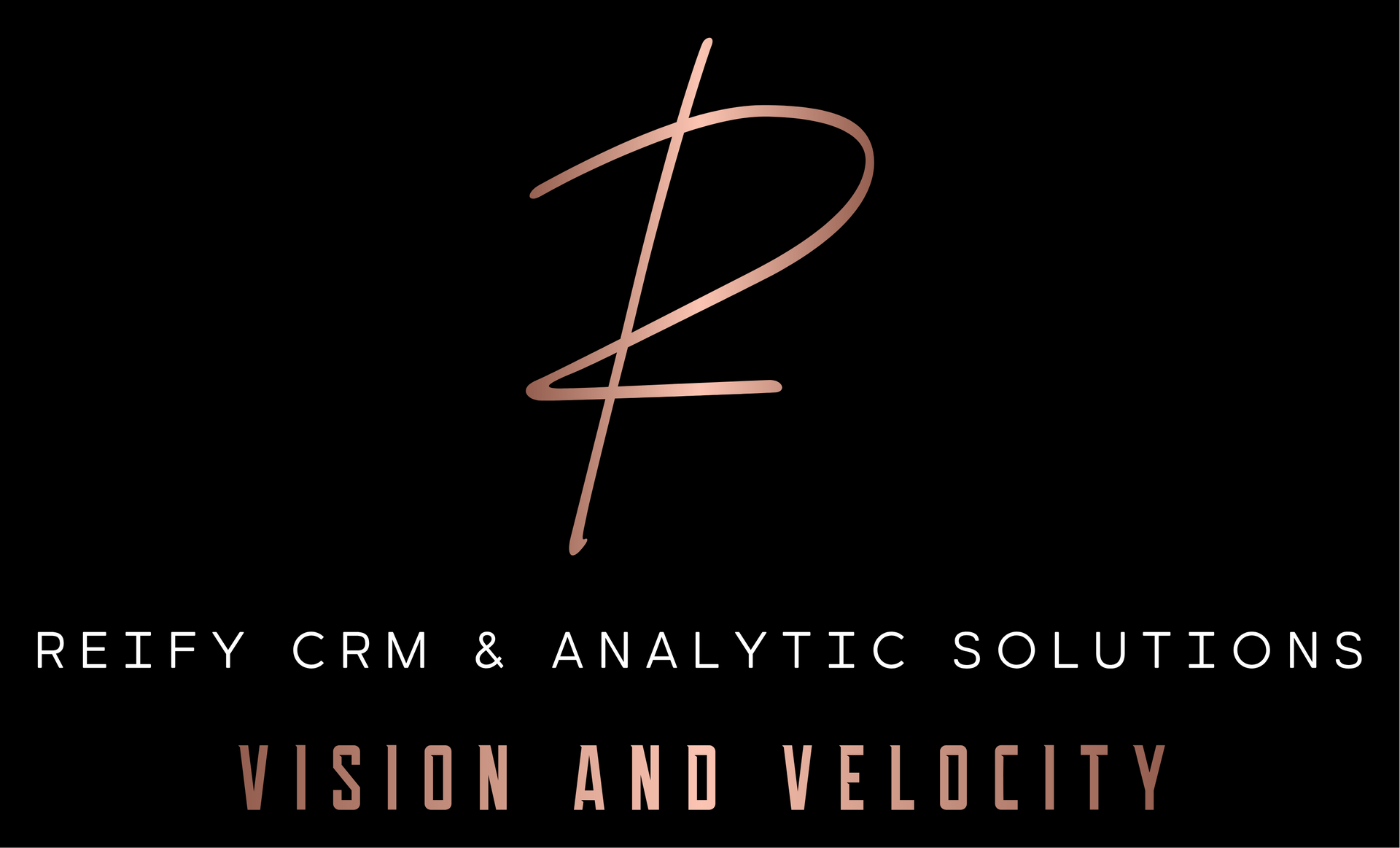Change Management
Six key considerations for successful change management
Change management is a pivotal element when transitioning to a CRM/Analytical marketing team, necessitating a shift in mindset and skill sets within the organization. The journey towards a more quantitative approach, centered around test and learn methodologies, demands careful planning, effective communication, and continuous engagement. We'll talk about six key considerations for successful change management in the context of evolving to a CRM/Analytical marketing model.
1. Communication
2. Celebrating Progress
3. Continued Stakeholder Involvement
4. Training and Development
5. Listening and Adaptation
6. Addressing Resistance
In this post, we will talk about the first three. In a subsequent post, we will explore the last three.
1. Communication is Key
The cornerstone of any successful change initiative is effective communication. Ensure that every member of your team understands the reasons behind the shift to performance marketing. Communicate the goals, benefits, objectives, and expected outcomes of the change. The more individuals understand the purpose and significance of the change, the more likely they are to rally behind it. Share your vision with everyone involved in the transition, creating collective purpose.
2. Celebrating Progress
Create a roadmap or project plan that includes small, achievable milestones. Celebrate these victories with your team, emphasizing progress over perfection. By spotlighting these wins, you reinforce a positive atmosphere and maintain momentum. Winning begets winning. Regularly communicate successes to key stakeholders, building momentum as you transform.
3. Continued Stakeholder Involvement
Stakeholder engagement doesn't end after the initial stages. Actively involve stakeholders and team members throughout the journey. Solicit feedback and input regularly, keeping everyone informed about progress. This continuous involvement fosters a sense of ownership and commitment, creating organizational momentum that will drive the transformation.
4. Training and Development
Give your team the skills and knowledge they need for success. Develop specific and relevant training, avoiding overwhelming your team with information. Reinforce training through hands-on experiences, encouraging a cycle of learning by doing. Introduce rituals and processes that become ingrained habits, ensuring that the steps of change are consistently followed.
For instance, add a page to your brief that shows the current EM champion and a spot for a proposed challenger, whether you have one or not. Get people to think about testing. Include bullets that state your hypothesis, e.g., “Testing Hypothesis: An email using an image specific to the product the recipient owns will improve the CTR”. Identify future testing opportunities and hypotheses. This helps cement new vocabulary and expectations of the change.
5. Listening and Adaptation
Establish regular feedback rituals to encourage team members to share insights, suggestions, and concerns. Create an environment where learning and experimentation are celebrated. Be prepared to adjust based on feedback and learning.
6. Addressing Resistance
You must expect some resistance to change and be prepared to address it. Know it going in. There will be people who simply aren’t “wired” to think “test vs. control” with measured outcomes. Somebody who declares, “I don’t do Excel” is probably not cut out for a CRM/performance marketing team. Understand their concerns and work to mitigate them through communication, training, empathy, and showcasing the benefits of the performance marketing approach.
Conclusion
By incorporating these change management principles, organizations can successfully navigate the complexities of transitioning to a CRM performance marketing model. Effective communication, ongoing celebration of progress, stakeholder involvement, specific training followed by hands on doing, and a commitment to listening and adaptation create a positive and collaborative environment. This, in turn, supports sustainable evolution and success.

